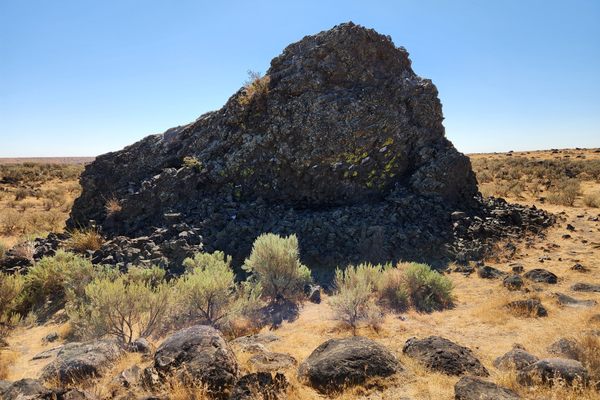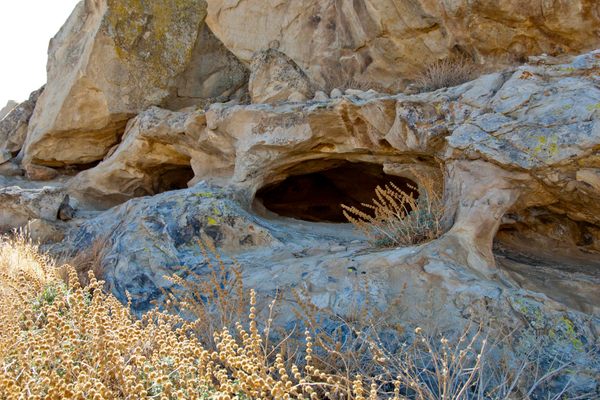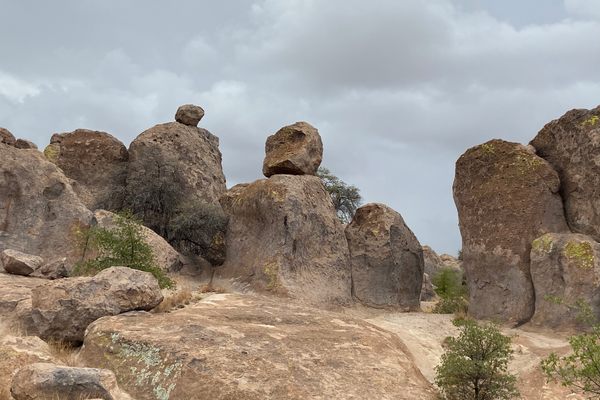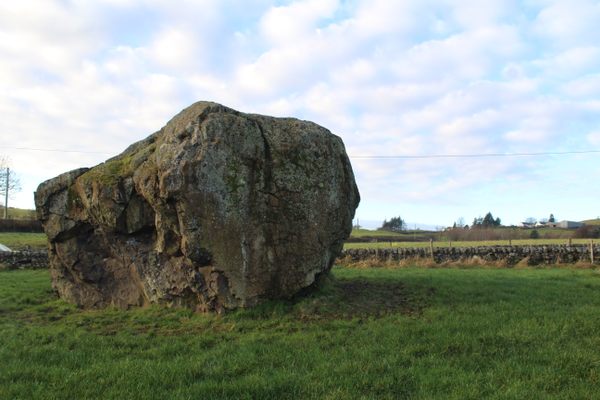About
We are all at least partially familiar with Scandinavian mythology. The stories of Norse gods and Viking beliefs appear across movies and television. However, this is just the tip of the iceberg and their beliefs were more diverse than depicted today. A beautiful example of this is the Kymlinge stone.
This Bronze Age stone dating from 1700-500 BC was used by locals as a sacred location. This so-called "elf mill" contained dozens of small pits that were hand ground by people. The pits were meant to be miniature millstones for elves, fairies, and other nature spirits.
The pits would be greased with unsalted fat at sunrise or sunset and often some kind of sacrifice would be left as well. This could be in the form of a small stone, but also coins or rare metals. Doing this would bring good luck to whoever left the offering.
The Kymlinge stone is a rare example of an elf mill and one that is very well preserved. For this reason, the stone has done some traveling over its lifetime. In 1899, it was moved to the Skansen open-air museum. It was sledded over during the winter by a small army of workers and around four horses. The stone stood there for 90 years, after which it was moved to Rissne center. There it spent 11 years as a city square decoration.
Finally, the stone came back to Kymlinge in 2011 after a motion by the city council, who argued that the stone should be taken back to its original location and serve as a connection between human development and the cultural-historical landscape.
The stone itself is also glacial erratic, which was transported to Kymlinge by glaciers during the Ice Age.
Related Tags
Community Contributors
Added By
Published
July 3, 2020
Sources
- http://kymlinge.blogspot.com/2010/04/kymlingestenen-kommer-att-aterbordas.html
- http://fpsundbyberg.blogspot.com/2009/09/kymlingestenen-tillbaka-till-kymlinge.html
- http://kymlinge.blogspot.com/2010/
- https://archive.org/stream/meddelandenfrnn03swedgoog/meddelandenfrnn03swedgoog_djvu.txt
- https://digitaltmuseum.se/011023480505/alvkvarn























